On July 17, at the International Exhibition Conference Center (BCEC), the Department of Industry and Trade of Ho Chi Minh City held a seminar "Driving force for industrial development in Ho Chi Minh City - From potential to action".
Industrial park infrastructure and logistics needs for industrial development in Ho Chi Minh City
Mr. Bui Ta Hoang Vu, Director of the Department of Industry and Trade of Ho Chi Minh City, said that the industrial and construction sector currently contributes about 30% of GRDP, which is an important foundation for Ho Chi Minh City to aim for double-digit growth in the coming years. However, Ho Chi Minh City's industry still faces many challenges, including high logistics costs (accounting for 16%-20% of product cost).
Dr. Truong Minh Huy Vu, Director of the Ho Chi Minh City Institute for Development Studies, acknowledged that logistics infrastructure is the biggest bottleneck, especially the "disconnected" Long Thanh - Cai Mep route, when goods from Tan Uyen and Bau Bang clusters still have to take a detour, at high costs, and depend on road transport. Therefore, there needs to be a solution to immediately invest in a dedicated railway serving industry, connecting key production areas to seaports.
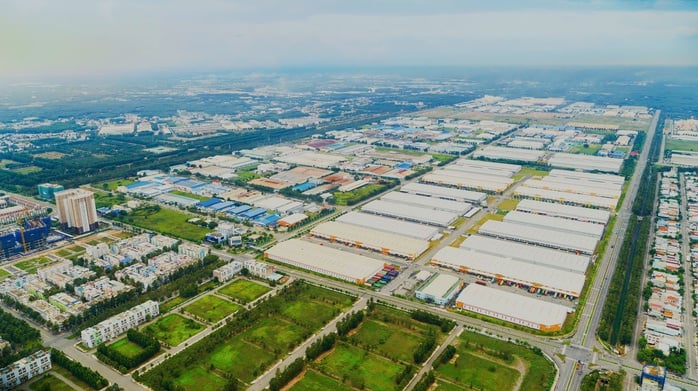
Modern and synchronous industrial park infrastructure is one of the outstanding advantages for Ho Chi Minh City to strongly attract investment capital.
"Without a multimodal logistics strategy, it will be difficult for Ho Chi Minh City to achieve double-digit industrial growth," said Dr. Truong Minh Huy Vu.
According to a representative of PetroVietnam Gas Corporation (PV Gas) - a company with activities directly related to the logistics sector, each time transporting gas from Thi Vai to Binh Duong (old) is very costly, requiring better logistics infrastructure. "Ho Chi Minh City can research and develop industrial parks near deep-water ports, which will save a lot of logistics costs for businesses" - the representative of this company proposed.
From the perspective of a foreign investor, Mr. Arami Hiromasa, General Director of Tosoh Vietnam Polyurethane Company, believes that the merger of Ho Chi Minh City, Binh Duong, and Ba Ria - Vung Tau is very reasonable, helping to increase potential as well as create more development space, especially more attractive to foreign investors. However, Ho Chi Minh City must solve the problem of traffic congestion for businesses to feel secure in doing business.
"It took me more than 4 hours to travel from Phu My area, Ba Ria - Vung Tau province (old) to Binh Duong ward, too much time sitting on the bus!" - Mr. Arami Hiromasa stated the current situation.
Close connection between "3 houses"
Speaking at the seminar, Vice Chairman of the Ho Chi Minh City People's Committee Nguyen Loc Ha said that after the merger, the new city will not only have expanded development space but also become a "super city" with an area of over 6,770 km², a population of over 14 million people, and outstanding economic scale, resources, and potential. This is a golden opportunity for Ho Chi Minh City to maximize its advantages.
According to Mr. Ha, Ho Chi Minh City, Binh Duong and Ba Ria - Vung Tau previously concentrated nearly 50% of the country's private enterprises; they were leading centers of production, logistics and industrial services. However, the proportion of industry in GRDP tends to decrease; traditional industry is still labor-intensive, has low added value and competitiveness is not commensurate with potential.
From there, the Vice Chairman of the Ho Chi Minh City People's Committee emphasized the role of close connection between "3 houses", including: the state - school - enterprise. In which, the state creates, establishes institutional framework, guides investment, creates a favorable environment, and removes obstacles. The school is the center providing knowledge, human resources, research platforms, science and technology. Meanwhile, enterprises participate in the process of research, development, production and commercialization of products and services, and at the same time provide training orders and share resources.
To turn potential into action, the leaders of the Ho Chi Minh City People's Committee requested departments and branches to start implementing a series of tasks. Specifically, the Department of Industry and Trade proposed appropriate solutions in the direction of prioritizing the development of foundational industries, high-tech industries, high added value, digital transformation, green transformation, development of mechanical engineering, chemicals, chips, electronics, semiconductor microcircuits; high-speed railway industry...
The Department of Science and Technology advises on policies to promote applied research programs, technology transfer, development of innovation ecosystems, connection between institutes and enterprises, and support for innovative start-up enterprises. The Department of Finance researches and advises on incentive policies, attracting investment in key industries, new technologies, promoting public-private cooperation, etc.
Meanwhile, Dr. Tran Du Lich, former Director of the Ho Chi Minh City Institute of Economics, said that if Ho Chi Minh City continues to depend on cheap labor and the traditional model, the risk of falling into the middle-income trap is very clear. According to him, new industries must increase value, based on green transformation, digital transformation and high-tech application. He said that Ho Chi Minh City needs to redistribute space and build an industrial - service - seaport belt.
According to Mr. Tran Du Lich, the expanded space after the merger is an opportunity for Ho Chi Minh City to redraw the industrial development map. With more than 8,000 hectares of existing industrial land and 1,000 hectares of high-tech zones, Ho Chi Minh City needs to allocate them reasonably instead of concentrating them in the central area.
Orientation to attract 21 billion USD into industry
On the same day, mentioning the development orientation of export processing zones - industrial parks (EPZs) of Ho Chi Minh City at the workshop "Golden opportunities from industrial real estate in Ho Chi Minh City" organized by the Management Board of EPZs - Industrial Parks of Ho Chi Minh City (Hepza) in coordination with the City Investment and Trade Promotion Center (ITPC) and related units, Mr. Tran Viet Ha, Deputy Head of Hepza Management Board, said that from July 1, Ho Chi Minh City has 66 EPZs - Industrial Parks with a total land area of over 27,000 hectares. According to the Vision Plan to 2050, the city will have 105 EPZs - Industrial Parks with a total planning area of over 49,000 hectares, becoming the leading industrial center of the country.
In the 2025 - 2030 period, the EPZs and IZs in Ho Chi Minh City aim to attract about 21 billion USD in investment; the average investment rate attracted is from 8 - 10 million USD/ha; and 70% of the total registered investment capital is disbursed according to schedule.
"Ho Chi Minh City is moving towards a sustainable industrial park development model. The city is implementing a pilot project to convert the operating model of a number of industrial parks and export processing zones, especially converting Hiep Phuoc Industrial Park into an ecological model, thereby encouraging businesses to participate in the symbiotic chain, gradually approaching the circular economy, applying new technology, creating high added value for investors..." - Mr. Tran Viet Ha emphasized.
T.Nhan
Source: https://nld.com.vn/dinh-hinh-khong-gian-cong-nghiep-cua-tp-hcm-196250717204449882.htm


![[Photo] 60th Anniversary of the Founding of the Vietnam Association of Photographic Artists](/_next/image?url=https%3A%2F%2Fvphoto.vietnam.vn%2Fthumb%2F1200x675%2Fvietnam%2Fresource%2FIMAGE%2F2025%2F12%2F05%2F1764935864512_a1-bnd-0841-9740-jpg.webp&w=3840&q=75)




![[Photo] National Assembly Chairman Tran Thanh Man attends the VinFuture 2025 Award Ceremony](/_next/image?url=https%3A%2F%2Fvphoto.vietnam.vn%2Fthumb%2F1200x675%2Fvietnam%2Fresource%2FIMAGE%2F2025%2F12%2F05%2F1764951162416_2628509768338816493-6995-jpg.webp&w=3840&q=75)
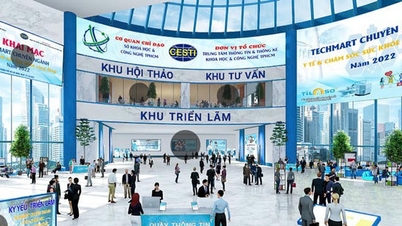







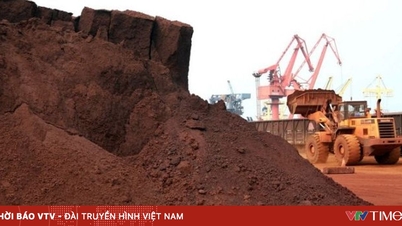
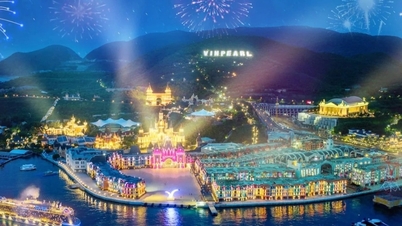

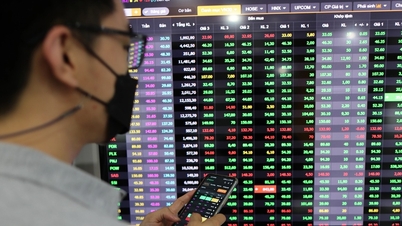
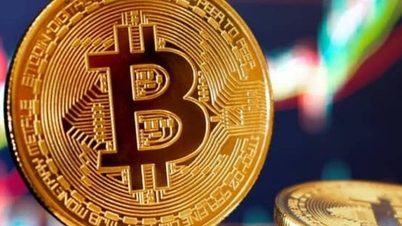
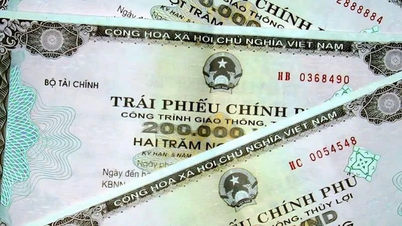

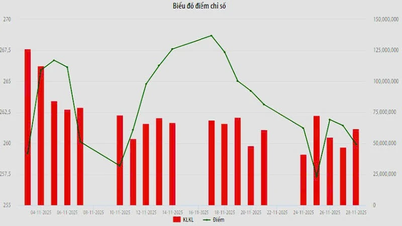
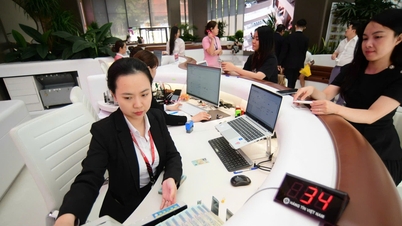

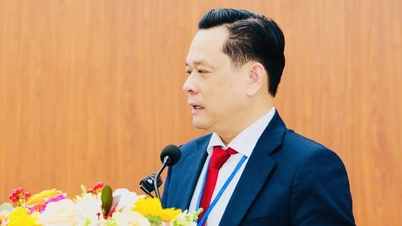












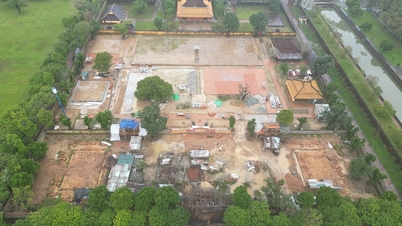









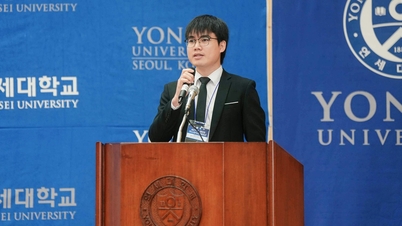





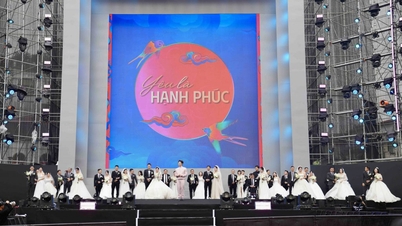

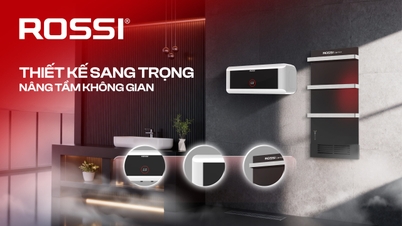
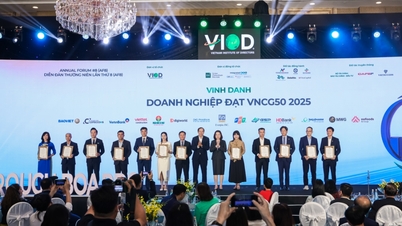
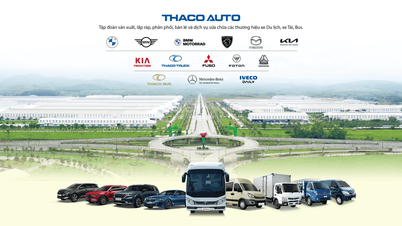
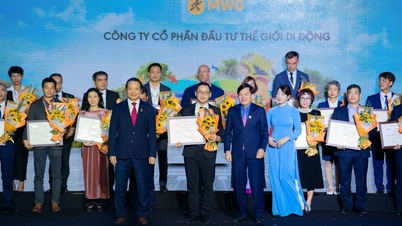
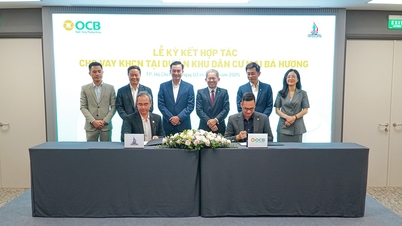






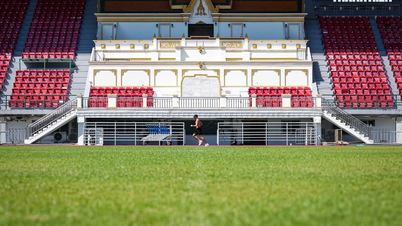

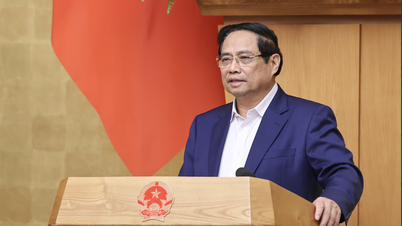

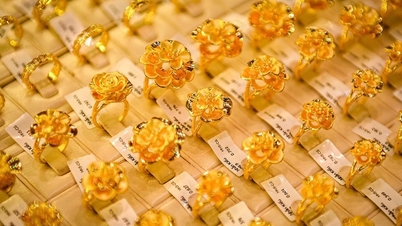
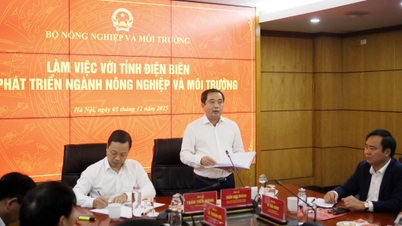

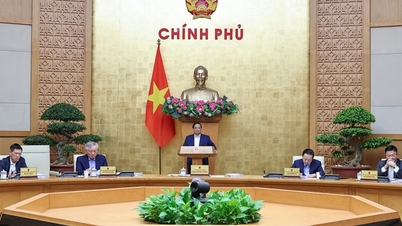


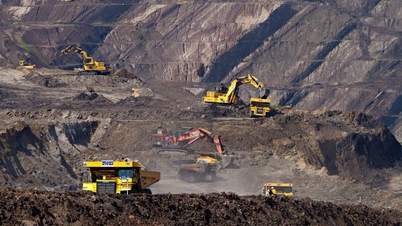

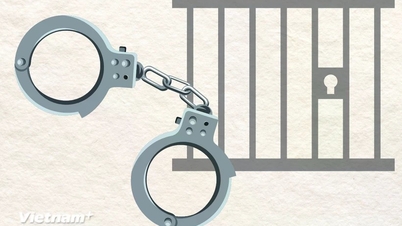


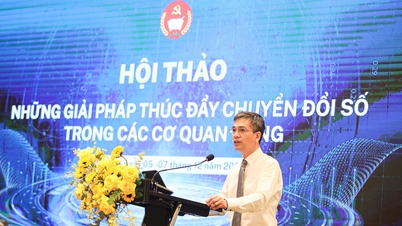
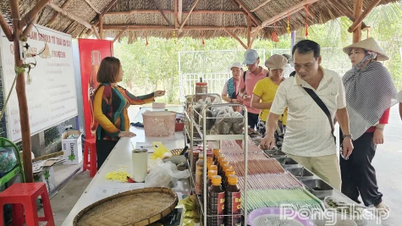

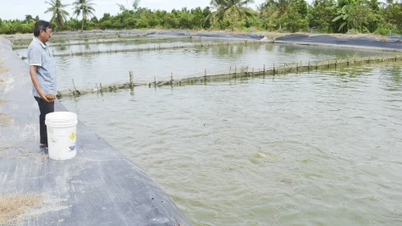
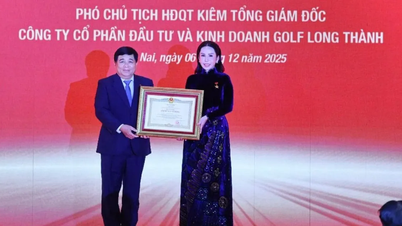



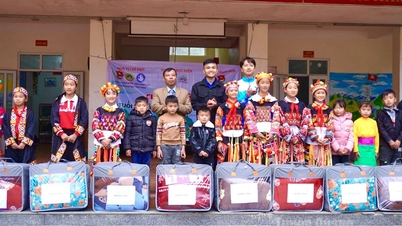











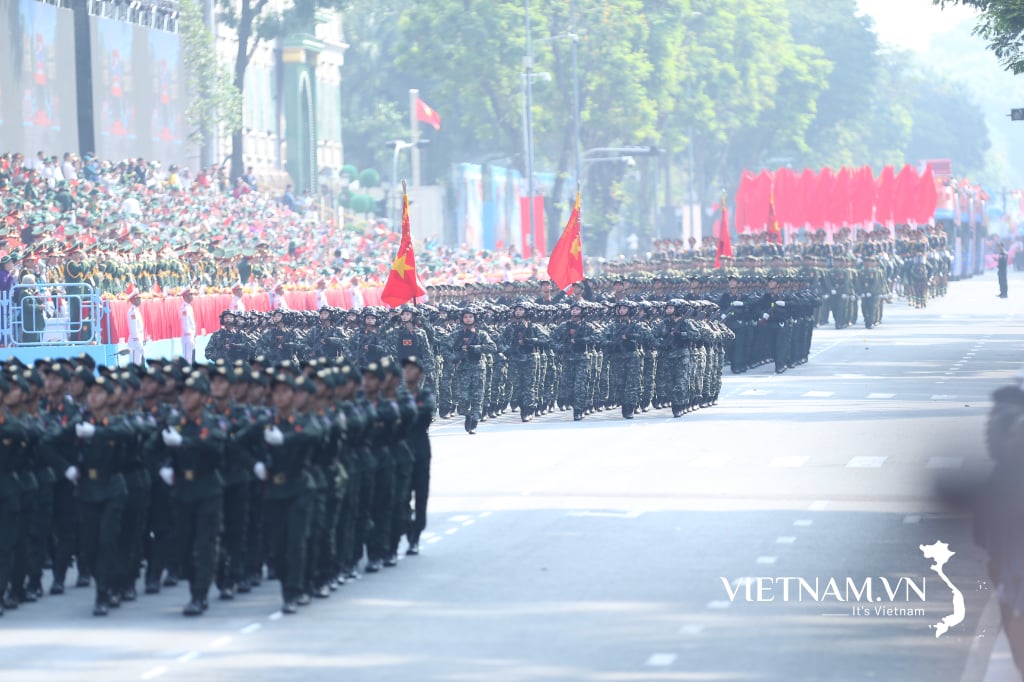






Comment (0)